Weekly Tech Recap - № 206 - Google Coral, Mini Cheetah, cops in a Tesla, Azure in Africa and Colourise.sg
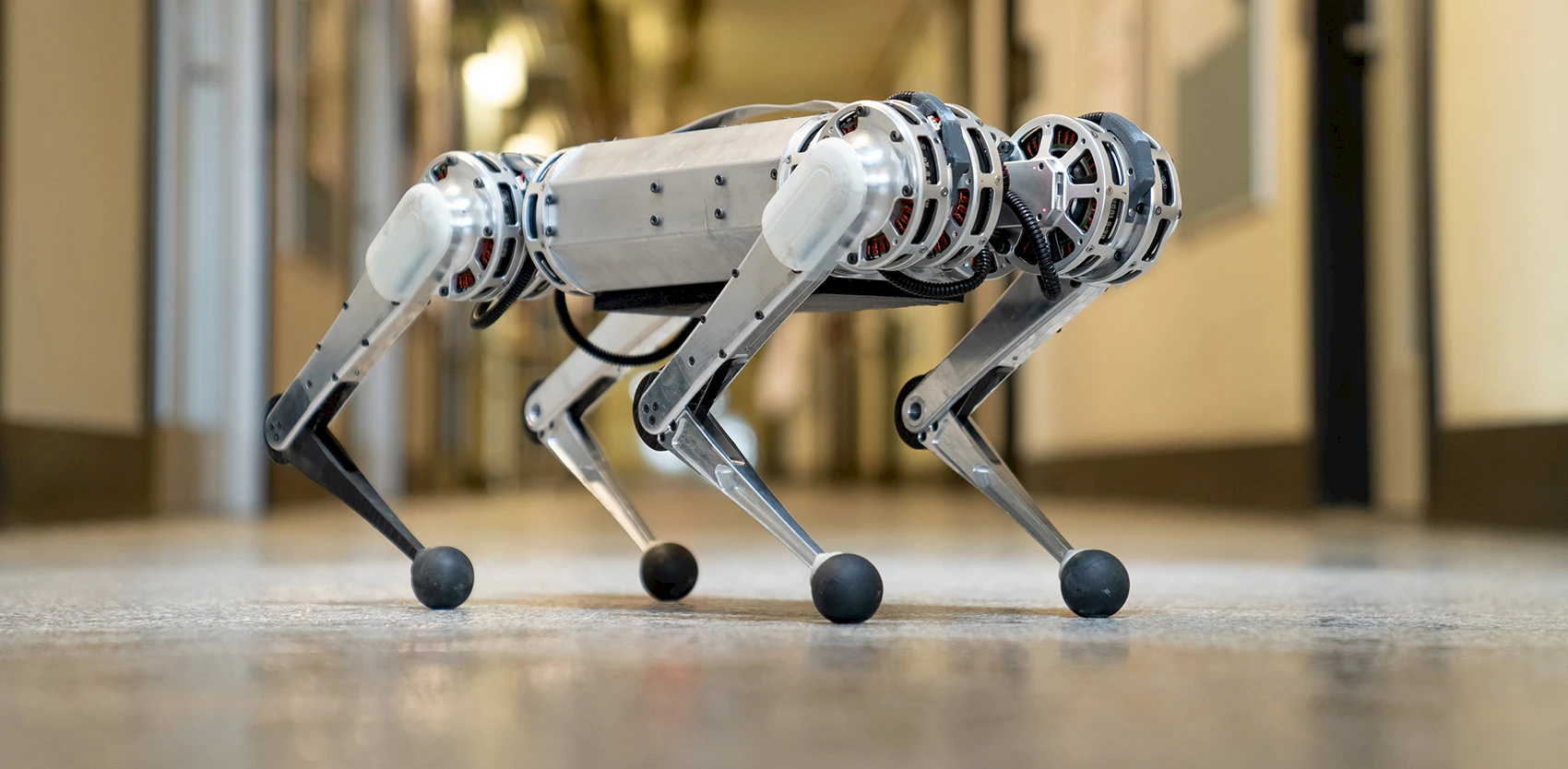
Google Coral
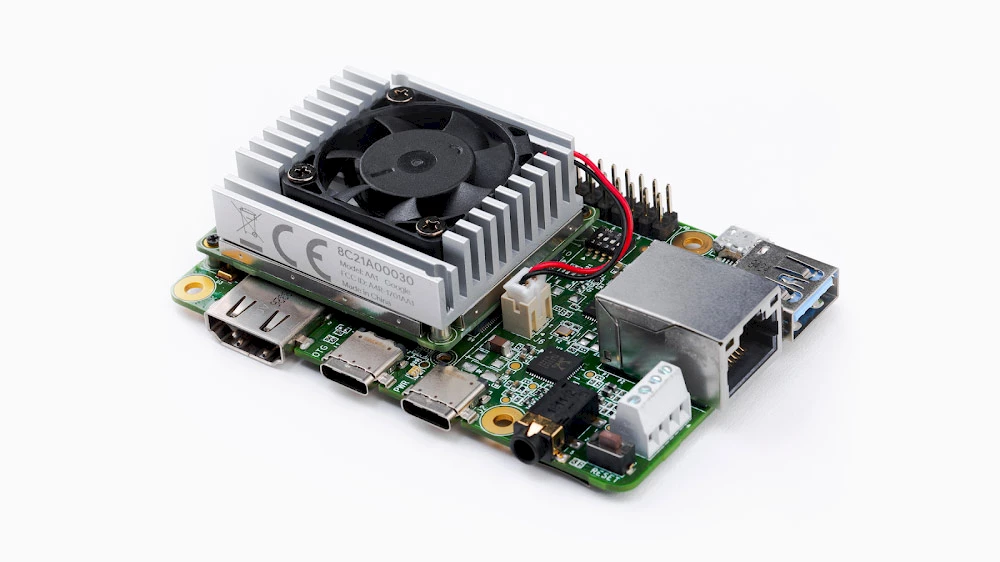
Coral Dev Board. © Google.
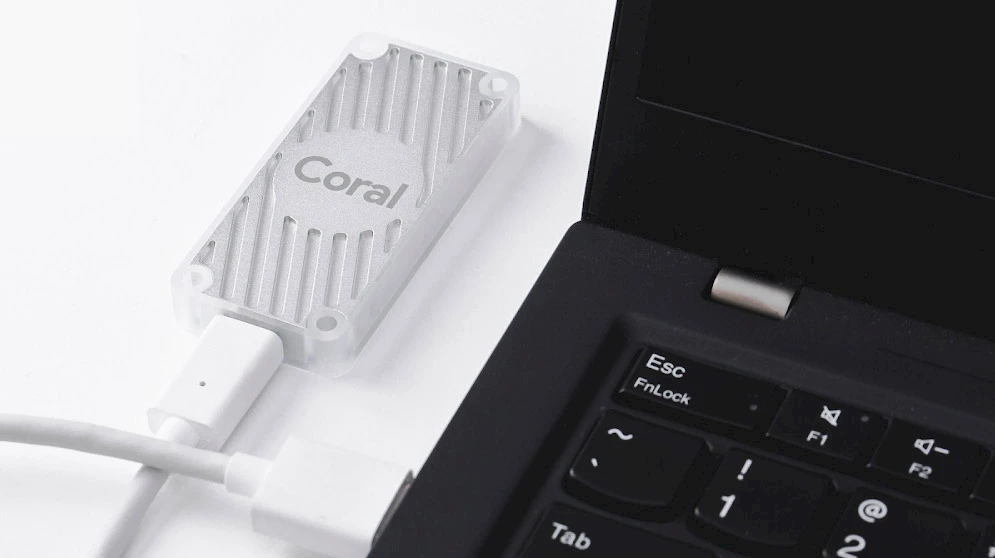
Coral USB Accelerator. © Google.
Google has begun marketing its Coral-branded devices that are dedicated to developing artificial intelligence applications based on machine learning. Powered by the Google Edge TPU chip (Tensor Processing Unit), the first batch of devices delivers the Coral Dev Board and the Coral USB Accelerator.
The Dev Board is a single-board computer with dimensions similar to those of a Raspberry Pi 3 B, which carries a removable system-on-module (SOM) containing SOC, eMMC storage (8 GB), a chip that manages wireless communications, and the Edge TPU. It’s perfect for developing IoT devices and other embedded systems that demand fast on-device ML inferencing. In addition, Coral offers a 5 MB camera module (2582 × 1933 pixels), compatible with the Dev Board.
The USB Accelerator is a TPU Edge-enabled box that connects over USB 3.0. It allows for quick prototyping of local AI applications on Linux systems.
Models must be developed in TensorFlow Lite rather than in TensorFlow, and then compiled to run on the Edge TPU using a web compiler. Some precompiled models are also available. The Dev Board is US$ 150 and the USB Accelerator is US$ 75. They are available for order at Mouser.com, which indicates a lead time of 17 weeks for the card, whereas the USB Accelerator is in stock. The camera module is sold for US$ 25. Finally, another device is planned for later this year: a PCI-E board with the Edge TPU for Debian systems.

⇨ Hackster Blog, “Say ‘Hello’ to Google Coral.”
⇨ Circuit Breaker, “Google unveils new tools to bolster AI hardware development.”
Mini Cheetah
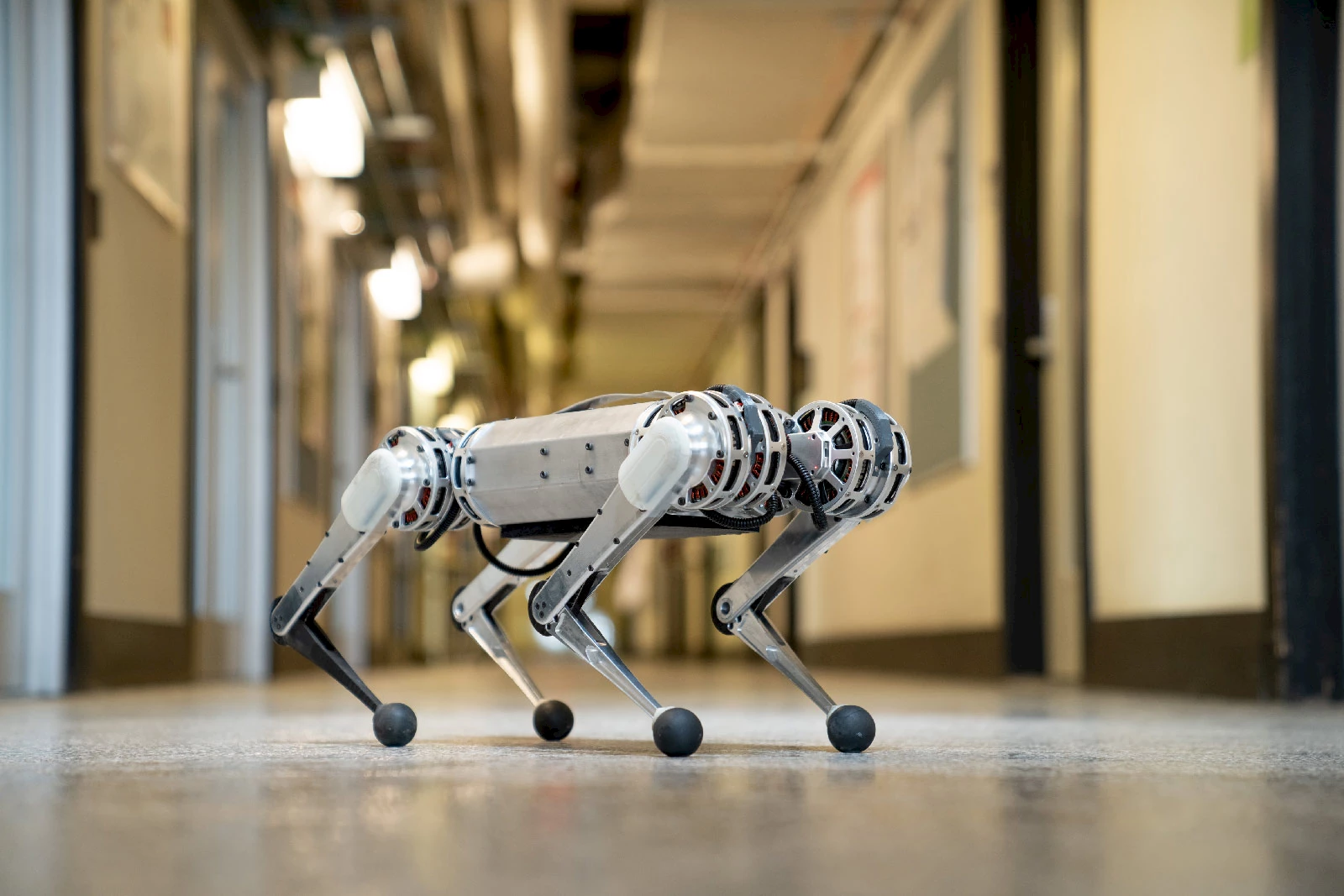
Mini Cheetah. © Massachusetts Institute of Technology.
The Massachusetts Institute of Technology (MIT) is back with a new version of its Cheetah robot, the Mini Cheetah, which is unique in being able to do backflips, a first for a quadruped robot. This 9 kg robot is powerful and robust. It can reach speeds of 2.45 m/s (almost 9 km/h). Mini Cheetah masters different modes of locomotion (walking, lateral walking, running, jumping, etc.) and can right itself when it falls on its back. It is also relatively inexpensive to manufacture, according to its designers. Its modular limbs and motors makes the Mini Cheetah easy and fast to repair in case of breakage. Each of the legs of the robot is powered by three identical and inexpensive electric motors built from widely available, standard parts. MIT plans to build a dozen Mini Cheetahs in order to lend them to other research laboratories, and why not, to organize races!
⇨ MIT News, “Mini cheetah is the first four-legged robot to do a backflip.”
⇨ Circuit Breaker, “MIT’s Mini Cheetah robot can do backflips now.”
Cops in a Tesla
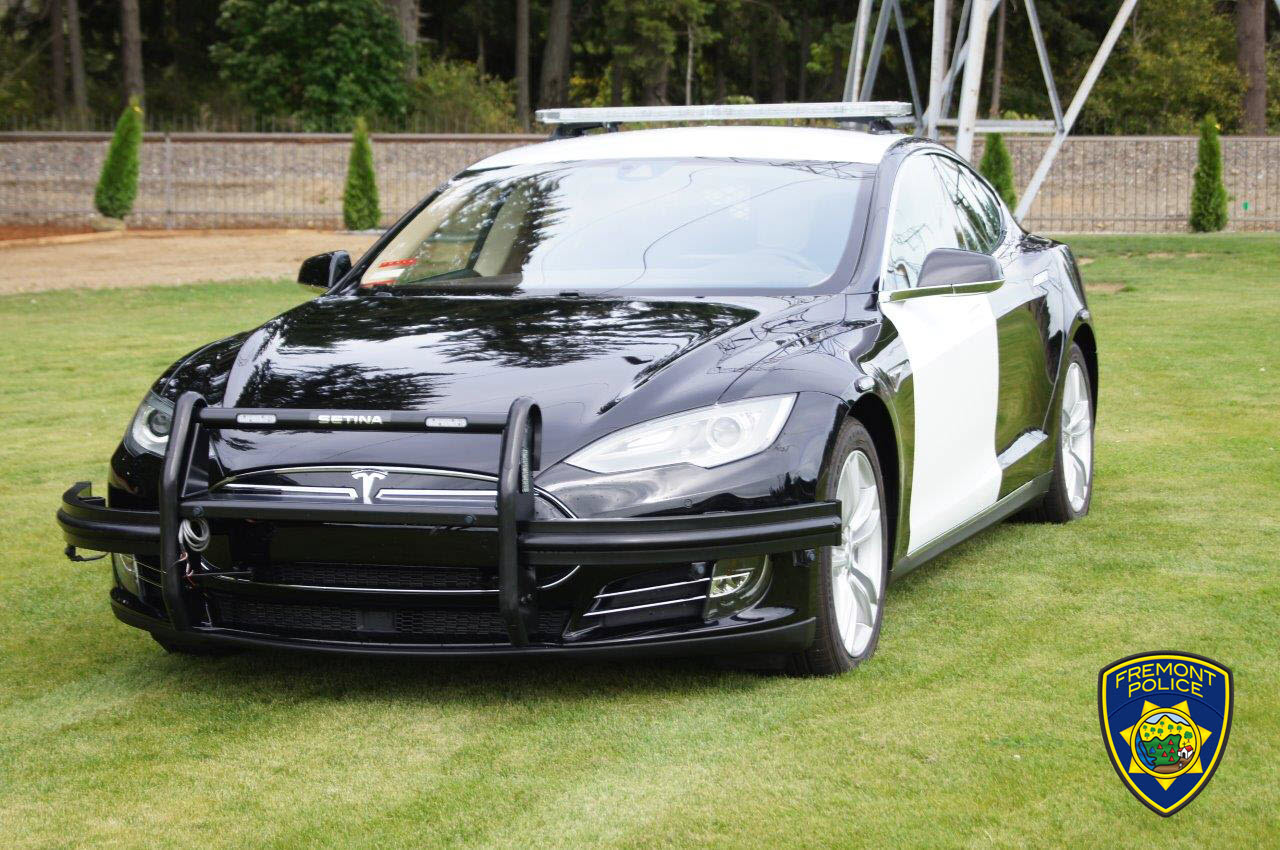
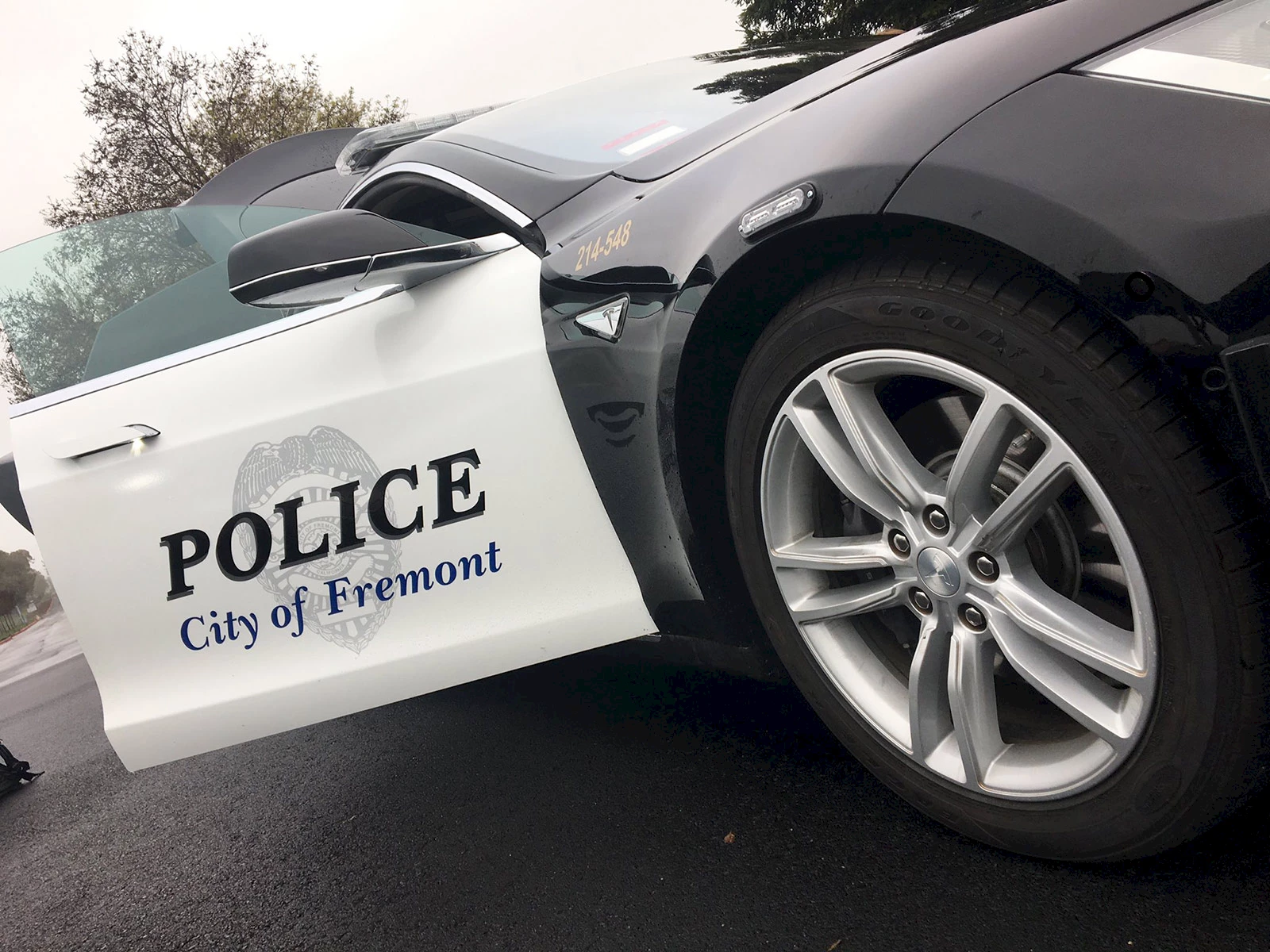
Tesla Model S. © Freemont Police Department.
Concerned about pollution, police in Fremont, California, have decided to convert their fleet to zero-emission vehicles, starting with no less than the Tesla Model S! Of course, the Tesla catalog doesn’t feature police cars. The administration purchased a second-hand 2014 model for US$ 61,480 and spent nearly US$ 4,500 to retrofit it to its new use. Unfortunately for the police officers, some features for which Tesla is known have been disabled, such as the semi-autonomous steering system and self-parking. It should also be noted that Fremont is home to Tesla’s mega-factory, which employs more than 10,000 people; citizens may not be too surprised to see an extra Tesla on the road. There is another Tesla on a police force, in Basel, Switzerland, since January. This one is a modified Model X.
⇨ Mashable, “What it takes for a Tesla Model S to become a police car.”
Azure in Africa
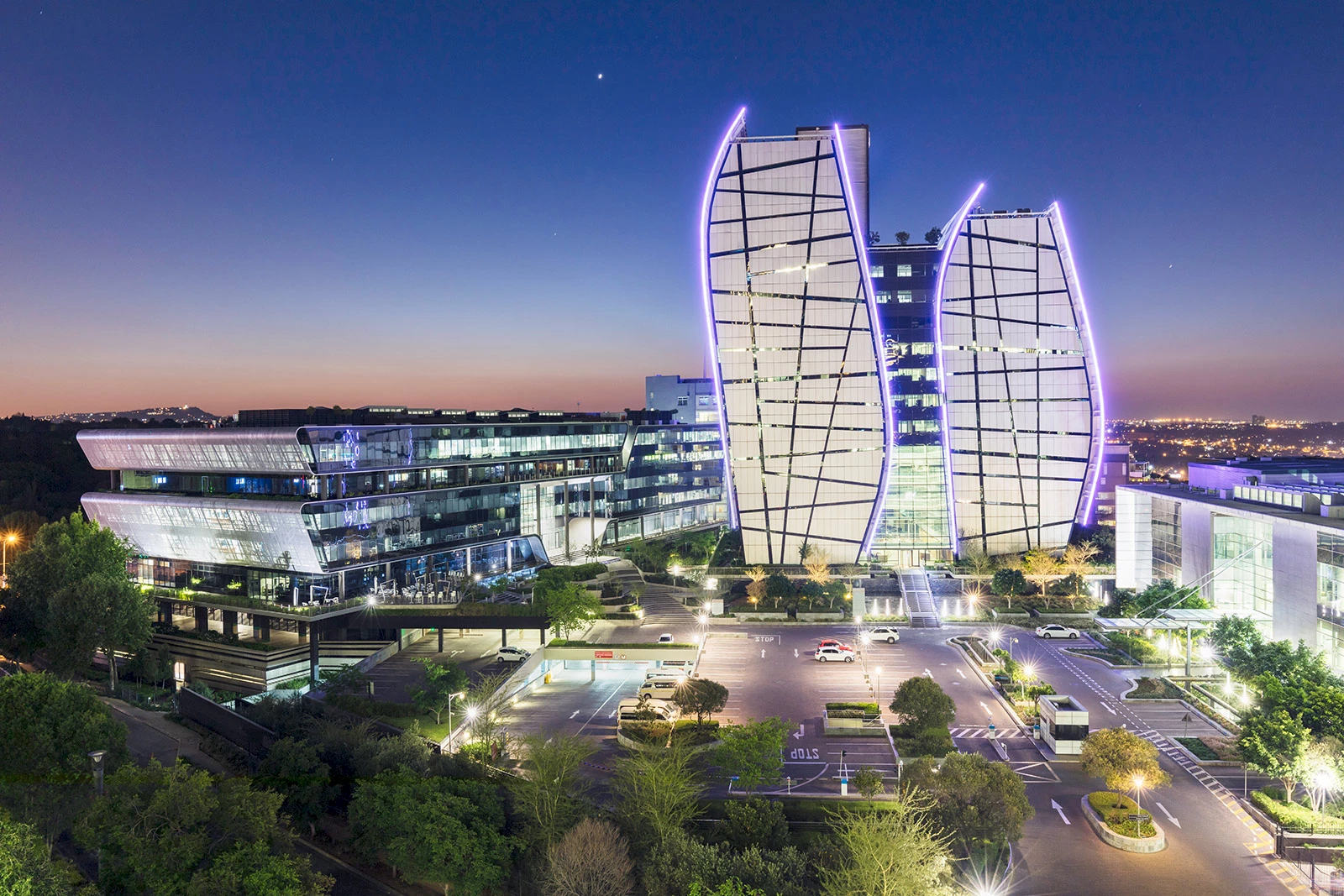
Sandton, Johannesburg. © iStock.
Two Azure data centers were brought online in South Africa--one in Cape Town and the other in Johannesburg. This makes Microsoft the first major cloud service provider to enter the African continent. Despite delays (the centers were to open last year), Microsoft still beat Amazon to the finish line: the AWS data center is not due to open in Cape Town until 2020. In addition to offering Azure services, Microsoft will use the facilities to host Office 365 starting in the third quarter of the year and Dynamics 365 starting in the fourth quarter. The arrival of data centers also pleases South African gamers, weary of never finding nearby gaming servers to get a proper ping. Microsoft is also investing in connectivity in Africa, with a fiber optic network reaching Egypt, Kenya, Nigeria, South Africa and soon Angola.
⇨ Ars Technica, “Microsoft is first major cloud provider to open African data centers.”
Colourise.sg

Colourise. © GovTech Singapore.
Colourise is a free online service that allows you to colorize old black-and-white images with deep learning AI, Generative Adversarial Networks. It was developed during a hackathon by engineers from GovTech, Singapore’s government technology agency. Colourise has been specially trained to render color to old Singaporean photos, but it works relatively well with old photos from other geographical areas and is very fast (a few seconds). Cool.
⇨ Data.gov.sg Blog, “Bringing black and white photos to life using Colourise.sg — a deep learning colouriser trained with old Singaporean photos.”
⇨ PetaPixel, “Colourise.sg uses AI to colorize B&W photos.”
